 Published in 2020 by The Rosen Publishing Group, Inc. 29 East 21st Street, New York, NY 10010 Copyright 2020 by The Rosen Publishing Group, Inc. All rights reserved. No part of this book may be reproduced in any form without permission in writing from the publisher, except by a reviewer. First Edition Editor: Greg Roza Book Design: Reann Nye Photo Credits: Series art Reinhold Leitner/ Andia/Universal Images Group/Getty Images. Library of Congress Cataloging-in-Publication Data Names: Roza, Greg, author.
Published in 2020 by The Rosen Publishing Group, Inc. 29 East 21st Street, New York, NY 10010 Copyright 2020 by The Rosen Publishing Group, Inc. All rights reserved. No part of this book may be reproduced in any form without permission in writing from the publisher, except by a reviewer. First Edition Editor: Greg Roza Book Design: Reann Nye Photo Credits: Series art Reinhold Leitner/ Andia/Universal Images Group/Getty Images. Library of Congress Cataloging-in-Publication Data Names: Roza, Greg, author.
Title: Judo / Greg Roza. Description: New York: PowerKids Press, [2020] | Series: Enter the dojo! Martial arts for kids | Includes index. Identifiers: LCCN 2019013740| ISBN 9781725310100 (pbk.) | ISBN 9781725310124 (library bound) | ISBN 9781725310117 (6 pack) Subjects: LCSH: Judo--Juvenile literature. | Martial arts--Juvenile literature. Classification: LCC GV1114 .R7 2020 | DDC 796.815/2--dc23 LC record available at https://lccn.loc.gov/2019013740 Manufactured in the United States of America The activities discussed and displayed in this book can cause serious injury when attempted by someone who is untrained in the martial arts. Never try to replicate the techniques in this book without the supervision of a trained martial arts instructor.
CPSIA Compliance Information: Batch #CWPK20. For Further Information contact Rosen Publishing, New York, New York at 1-800-237-9932. CONTENTS Get on the Mat Judo is a martial art with a major difference from other martial arts. Judo doesnt include strikes or kicks. Instead, judo includes a large number of throws. Judo also includes joint locks, chokes, and pins.
Judokaor people who practice judolearn how to use someones movements against them. They wait for the perfect opening and then move quickly to throw their into the air and onto the mat. Once judoka hit the mat, they may use locks and chokes to force their opponent to submit, or give up. Judo is an exciting martial art to watch, and its a lot of fun to practice. Kiai! Judo is a grappling martial art.  Professional judo matches often look out of control! But judoka are highly trained and their moves are carefully planned.
Professional judo matches often look out of control! But judoka are highly trained and their moves are carefully planned.  Professional judo matches often look out of control! But judoka are highly trained and their moves are carefully planned.
Professional judo matches often look out of control! But judoka are highly trained and their moves are carefully planned.
Kanos Gentle Path Jujitsu student Jigoro Kano introduced judo to the world in 1882. Jujitsu is an ancient style featuring painful joint locks and throws. Kano removed moves he felt were too dangerous. He focused more on throws than joint locks. He also borrowed concepts from other styles of martial arts. Kiai! Starting around 1860, Japan went through many changes.
The martial arts became less important as Japan changed from a warlike place to one with more structure and order. The many styles of jujitsu began to fade, but judo helped keep the ancient style alive. JIGORO KANO 
 Kano started training in jujitsu when he was a boy because he was small and frail. By 22, he was a jujitsu master and had created judo. Kano called his new martial art judo, which means gentle path. He called his dojo Kodokan, which means a place to teach the path.
Kano started training in jujitsu when he was a boy because he was small and frail. By 22, he was a jujitsu master and had created judo. Kano called his new martial art judo, which means gentle path. He called his dojo Kodokan, which means a place to teach the path.
Kano described judo as the maximum efficient use of energy. Kanos new martial art stressed fitness, mental quickness, and healthy . Olympic Judo Kano continued to teach the benefits of judo to the world, and it quickly grew as a sport. Kano also came to be known as the father of Japanese physical education. In 1909, Kano became the first Asian member of the International Olympic Committee. Kano passed away in 1938.
In 1964, mens judo was added to the Olympic Games. Womens Olympic judo began in 1992. Olympic judo features the greatest judoka in the world. In 2012, American judoka Kayla Harrison made Olympic history by becoming the first American to win a gold medal in judo. She did it again in 2016. Kiai! Judo competitions such as the Olympics have special rules and ways of earning points.
Competitors can earn a win with a stunning throw or a submission. They may earn points for lesser throws, locks, holds, and sweeps.  In this photo from 2016, Kayla Harrison (in white) uses a move called a reap to knock French judoka Audrey Tcheumeo off her feet. Harrison went on to win this match and become a two-time Olympic gold medal winner. Throws There are many judo throws. Throws require judoka to use opponents and weight against them.
In this photo from 2016, Kayla Harrison (in white) uses a move called a reap to knock French judoka Audrey Tcheumeo off her feet. Harrison went on to win this match and become a two-time Olympic gold medal winner. Throws There are many judo throws. Throws require judoka to use opponents and weight against them.
Most throws start by getting the opponent to move in a certain direction. Then the judoka takes advantage of that movement. Kiai! Tomoe nage, or the circular throw, is one of judos most exciting moves. The judoka begins to crouch while placing a foot on the opponents stomach. Then, as the opponent sinks to the ground, the judoka uses their foot and hands to toss the opponent over their head! 
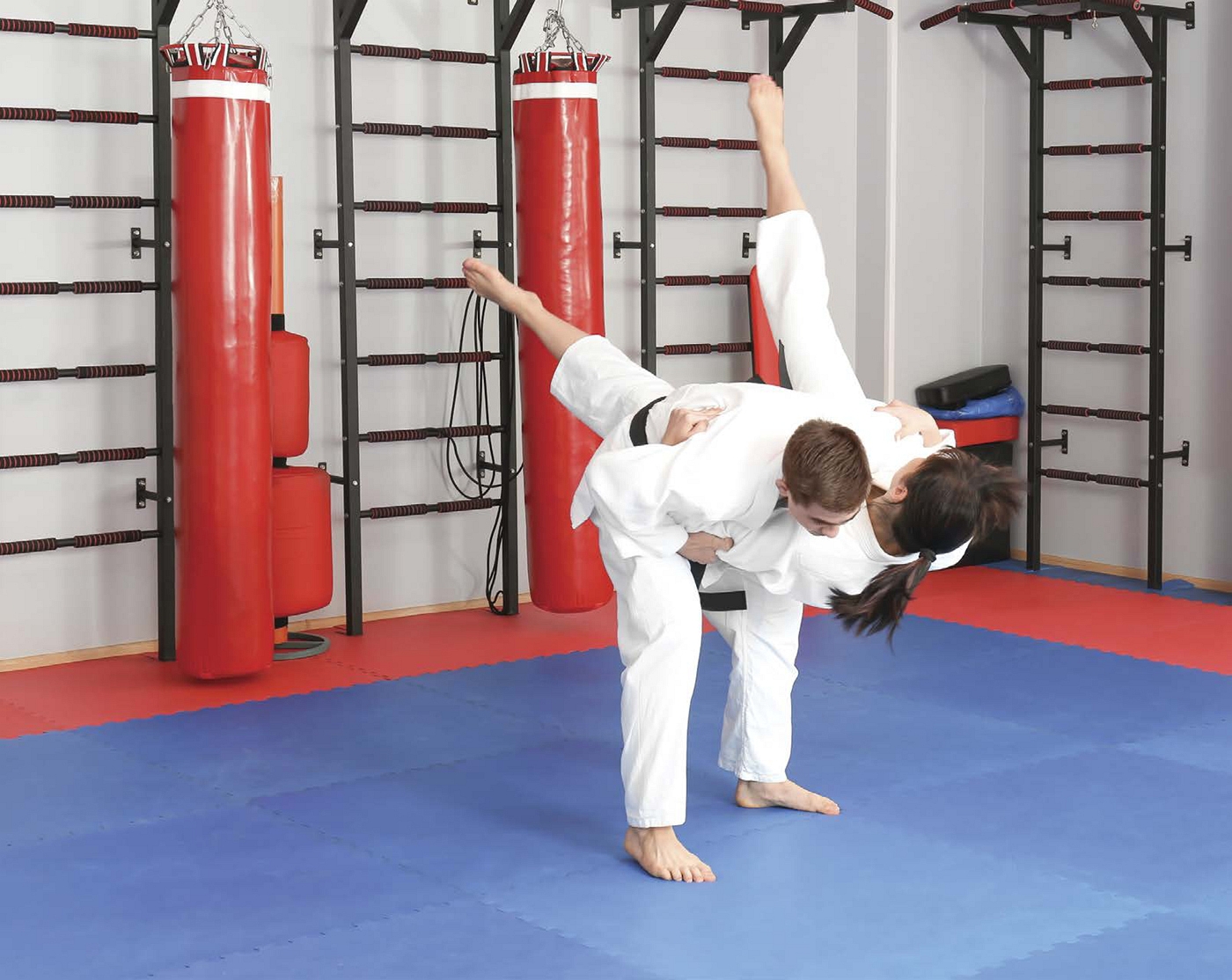 During a hip throw, lifting your leg will help flip your opponent faster. This is sometimes called a spring hip throw.
During a hip throw, lifting your leg will help flip your opponent faster. This is sometimes called a spring hip throw.
The ogoshi is a common hip throw. To perform it, the judoka quickly turns his body around so his back is against the opponents body, and crouches down at the same time so he is lower than his opponent. Grabbing the opponent behind his back, the judoka straightens his knees and uses his hip to throw the opponent into the air. Sweeps and Reaps Throws arent the only way to put your opponent on the mat. Judo includes sweeps and reaps. A sweep is a leg movement that trips an opponent.
A reap is a move that involves both hands and feet. OSOTO GARI 
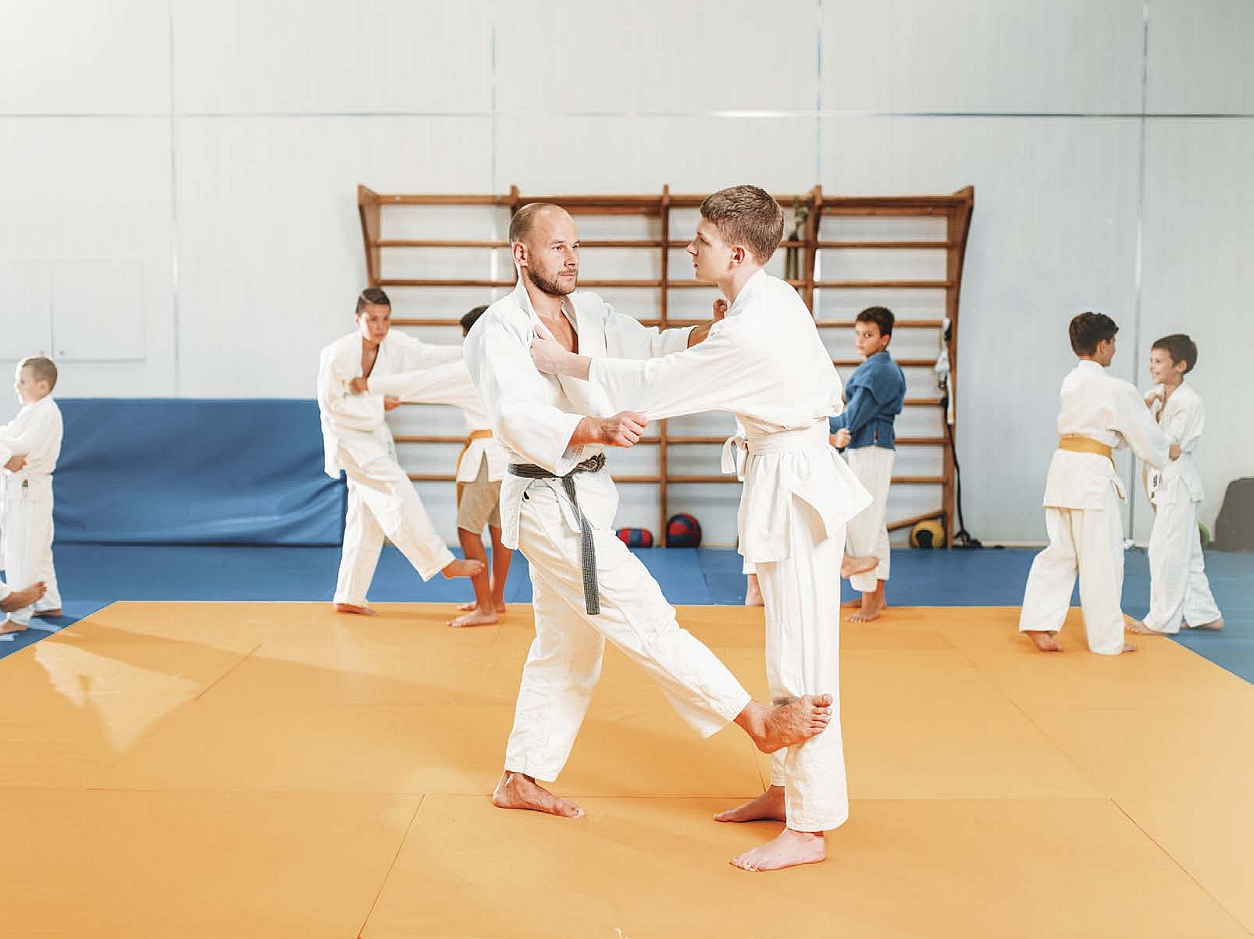 The students in this photo are practicing deashi harai, or the forward foot sweep. One of the most common reaps is osoto gari, or large outer reap. This is accomplished by stepping forward and next to the opponent, and quickly swinging the leg closer to the opponent behind her. Next, the judoka swings that leg into the back of the opponents legs while twisting her shoulders to get her off balance. This judo reap can often be seen during matches.
The students in this photo are practicing deashi harai, or the forward foot sweep. One of the most common reaps is osoto gari, or large outer reap. This is accomplished by stepping forward and next to the opponent, and quickly swinging the leg closer to the opponent behind her. Next, the judoka swings that leg into the back of the opponents legs while twisting her shoulders to get her off balance. This judo reap can often be seen during matches.
Submission After a successful throw, the match isnt over. Each judoka tries to make the other tap out, or submit. This is done using joint locks and submission holds, such as chokes. These moves are common in jujitsu as well. Kiai! Chokes are moves that cut off a persons air supply. Chokes are a lot like joint locksif an opponent gets you in a choke, tap out before you pass out! 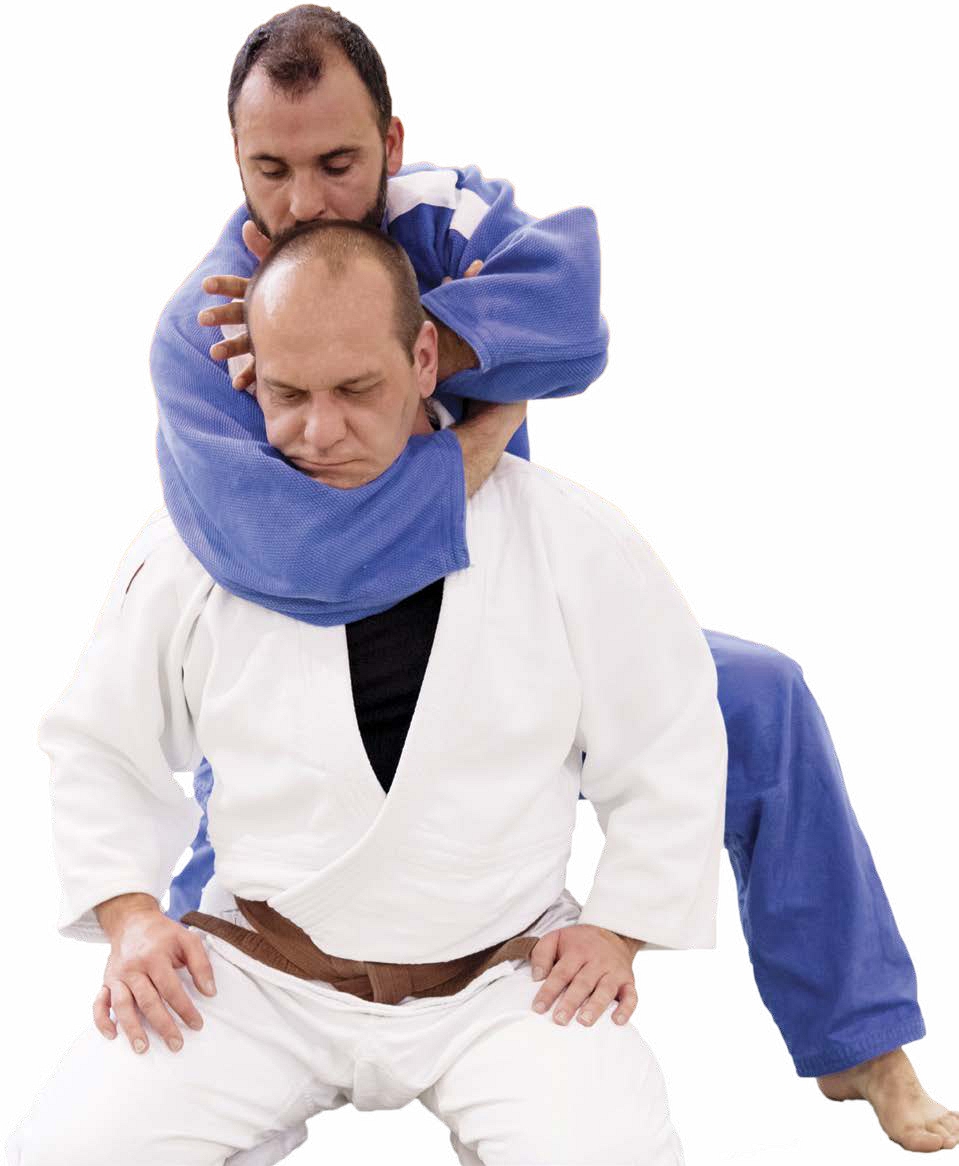
Next page
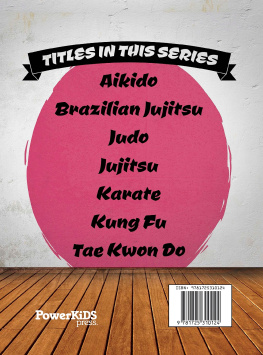






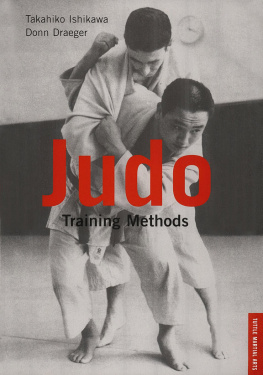
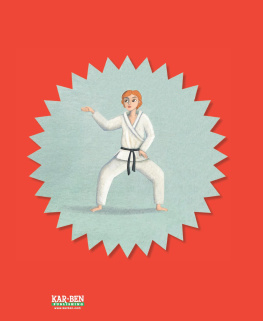
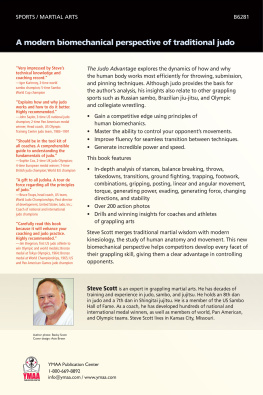
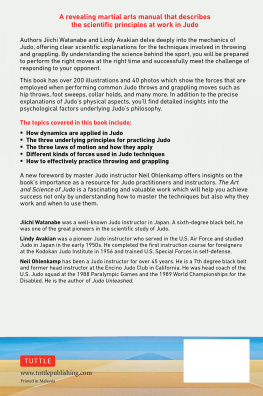
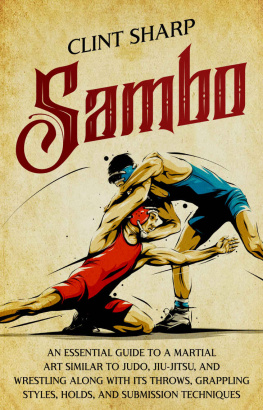


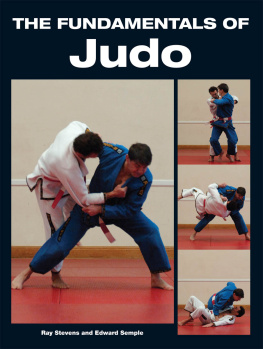
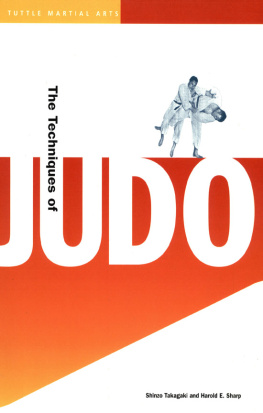
 Published in 2020 by The Rosen Publishing Group, Inc. 29 East 21st Street, New York, NY 10010 Copyright 2020 by The Rosen Publishing Group, Inc. All rights reserved. No part of this book may be reproduced in any form without permission in writing from the publisher, except by a reviewer. First Edition Editor: Greg Roza Book Design: Reann Nye Photo Credits: Series art Reinhold Leitner/ Andia/Universal Images Group/Getty Images. Library of Congress Cataloging-in-Publication Data Names: Roza, Greg, author.
Published in 2020 by The Rosen Publishing Group, Inc. 29 East 21st Street, New York, NY 10010 Copyright 2020 by The Rosen Publishing Group, Inc. All rights reserved. No part of this book may be reproduced in any form without permission in writing from the publisher, except by a reviewer. First Edition Editor: Greg Roza Book Design: Reann Nye Photo Credits: Series art Reinhold Leitner/ Andia/Universal Images Group/Getty Images. Library of Congress Cataloging-in-Publication Data Names: Roza, Greg, author. Professional judo matches often look out of control! But judoka are highly trained and their moves are carefully planned.
Professional judo matches often look out of control! But judoka are highly trained and their moves are carefully planned. 
 Kano started training in jujitsu when he was a boy because he was small and frail. By 22, he was a jujitsu master and had created judo. Kano called his new martial art judo, which means gentle path. He called his dojo Kodokan, which means a place to teach the path.
Kano started training in jujitsu when he was a boy because he was small and frail. By 22, he was a jujitsu master and had created judo. Kano called his new martial art judo, which means gentle path. He called his dojo Kodokan, which means a place to teach the path. In this photo from 2016, Kayla Harrison (in white) uses a move called a reap to knock French judoka Audrey Tcheumeo off her feet. Harrison went on to win this match and become a two-time Olympic gold medal winner. Throws There are many judo throws. Throws require judoka to use opponents and weight against them.
In this photo from 2016, Kayla Harrison (in white) uses a move called a reap to knock French judoka Audrey Tcheumeo off her feet. Harrison went on to win this match and become a two-time Olympic gold medal winner. Throws There are many judo throws. Throws require judoka to use opponents and weight against them.
 During a hip throw, lifting your leg will help flip your opponent faster. This is sometimes called a spring hip throw.
During a hip throw, lifting your leg will help flip your opponent faster. This is sometimes called a spring hip throw.
 The students in this photo are practicing deashi harai, or the forward foot sweep. One of the most common reaps is osoto gari, or large outer reap. This is accomplished by stepping forward and next to the opponent, and quickly swinging the leg closer to the opponent behind her. Next, the judoka swings that leg into the back of the opponents legs while twisting her shoulders to get her off balance. This judo reap can often be seen during matches.
The students in this photo are practicing deashi harai, or the forward foot sweep. One of the most common reaps is osoto gari, or large outer reap. This is accomplished by stepping forward and next to the opponent, and quickly swinging the leg closer to the opponent behind her. Next, the judoka swings that leg into the back of the opponents legs while twisting her shoulders to get her off balance. This judo reap can often be seen during matches.